The Mixed Reality Research Lab (MRRL) is a community of practice utilising freely available software technology and collective discipline knowledge and expertise to develop mixed reality solutions to difficult problems. The collaborative work of the MRRL reflects a growing belief that immersive learning activities along with emerging technologies present a powerful opportunity to enhance communication, education and learner engagement. The MRRL includes two higher education institutions (Bond University and CQUniversity) with outreach across multiple disciplines in computer/information sciences, the built environment, visual design, health sciences and medicine. Below is a description of some of the technologies and projects currently undertaken in the mixed reality research lab; for further details on how these technologies are used, click the 'projects' link to read about specific project outcome
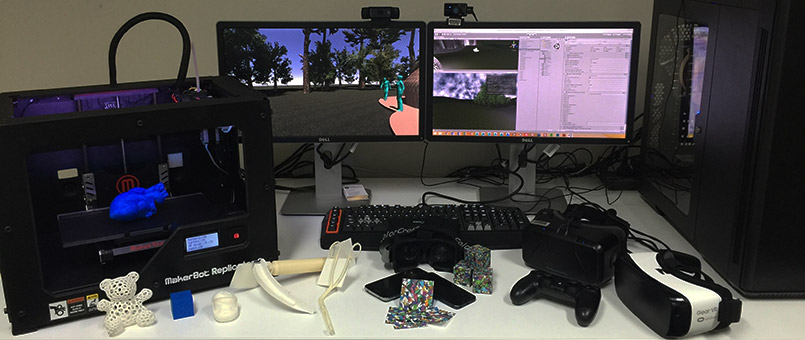
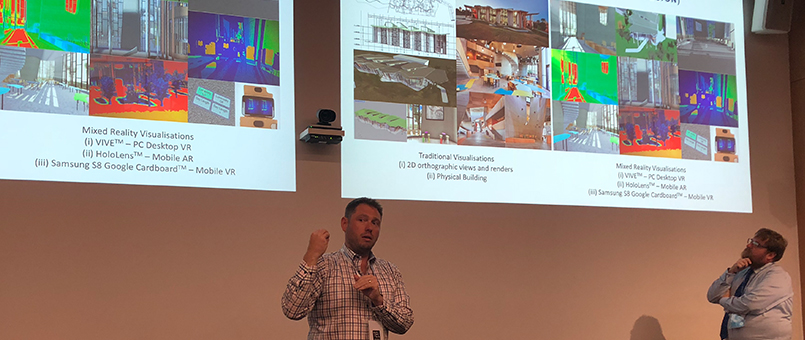
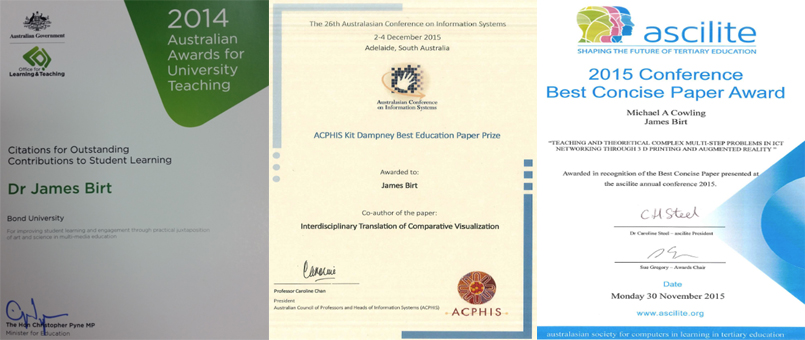
The Mixed Reality Research Lab conducts research work in a number of diverse areas. These projects are detailed below, and focus on the affordances provided by mixed reality in areas such as skills development, spatial design communication, and theoretical modelling.
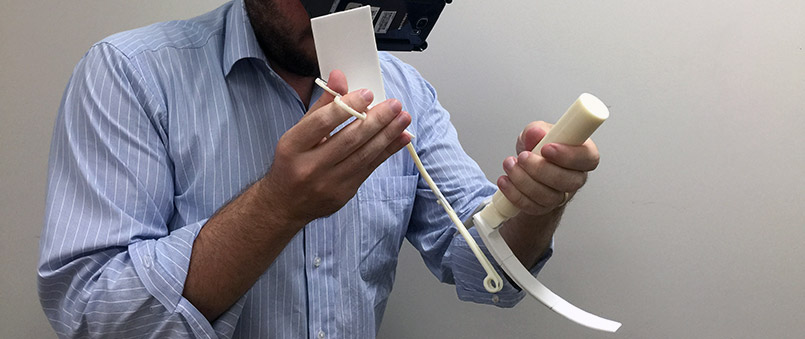
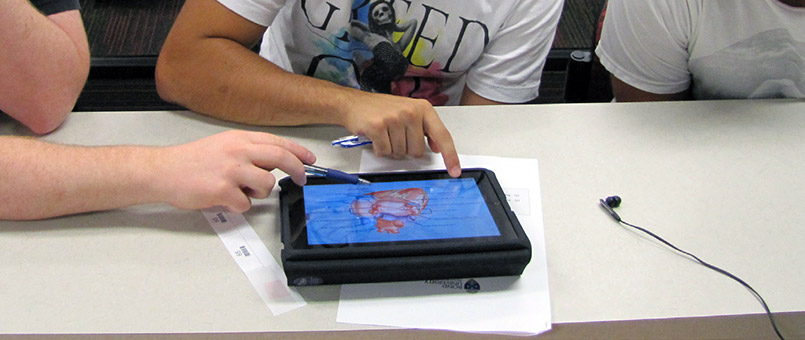
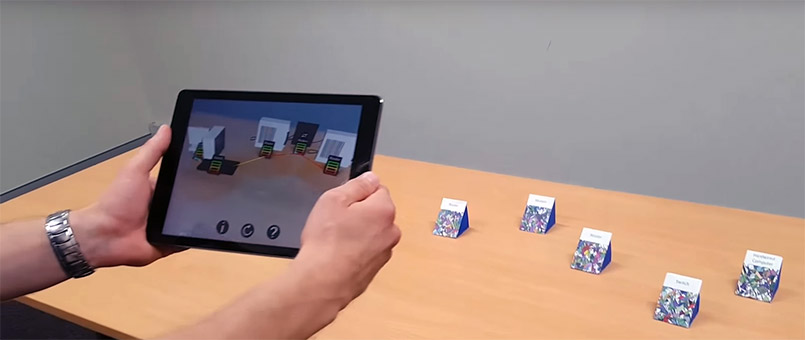
The Mixed Reality Lab has a dedicated team of researchers
collaborating from varying fields of study and locations around Australia.
The Mixed Reality Lab works closely in collaboration with the following academic institutions.
We invest in research and development to ensure that our applications and outcomes are cutting edge and fit for purpose.
The Mixed Reality Research Lab is always looking for new disciplines and industries in which we can apply mixed reality to solve skills development, pedagody and education learning problems. If you'd like to work with us, or just have other questions about the lab and what we do, please contact us via email or phone and one of the team members will be in contact with you shortly.